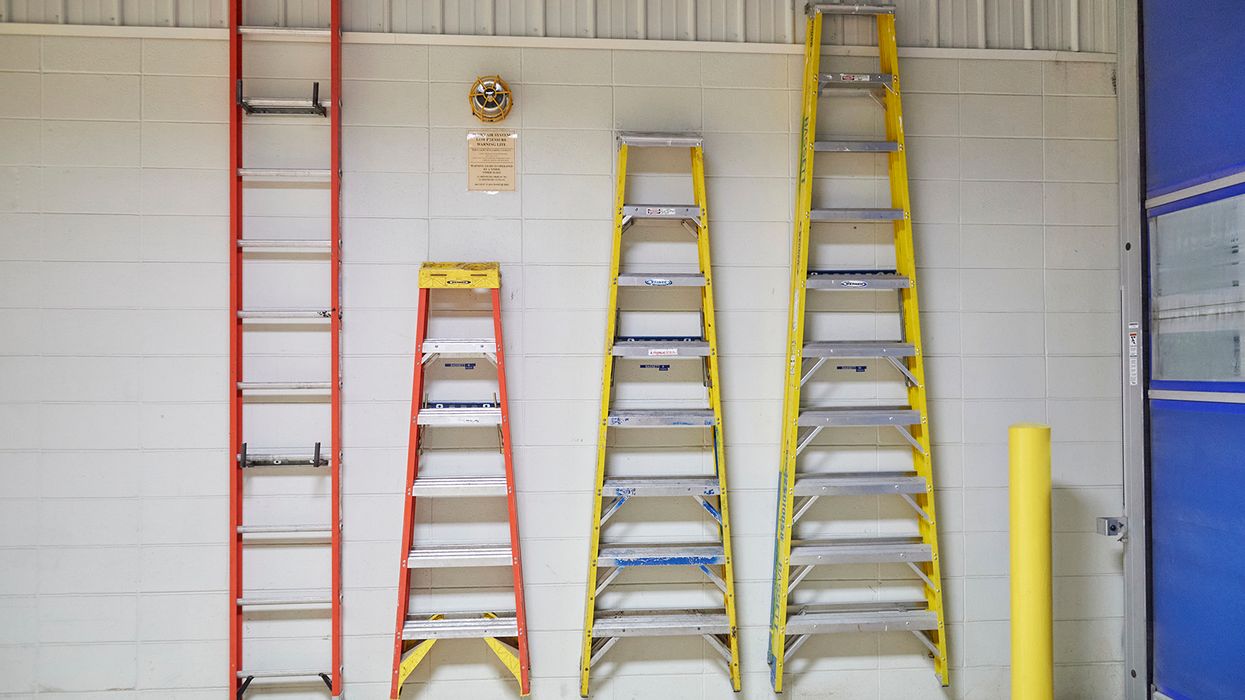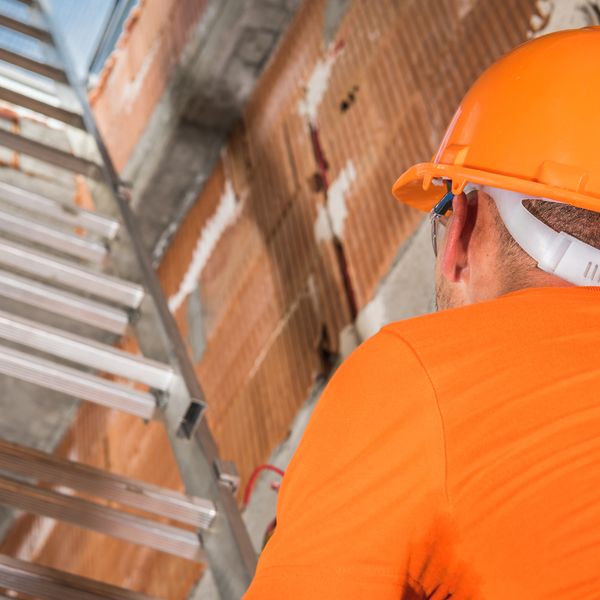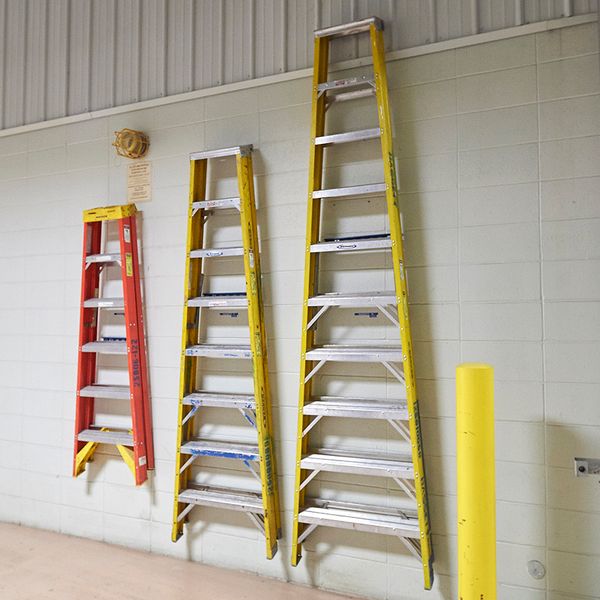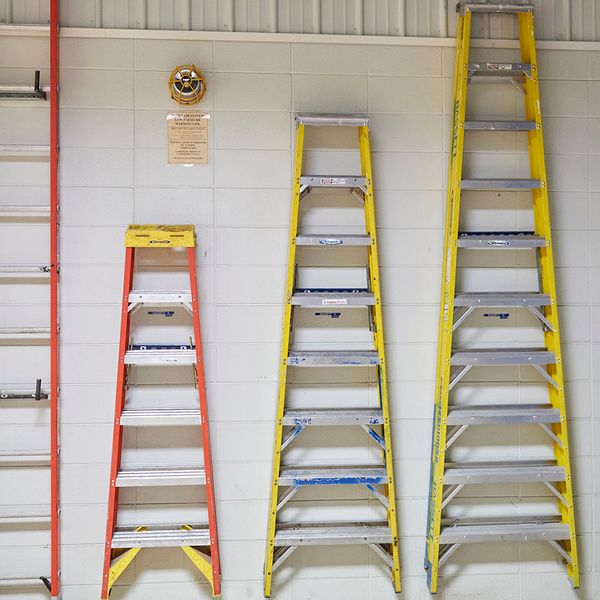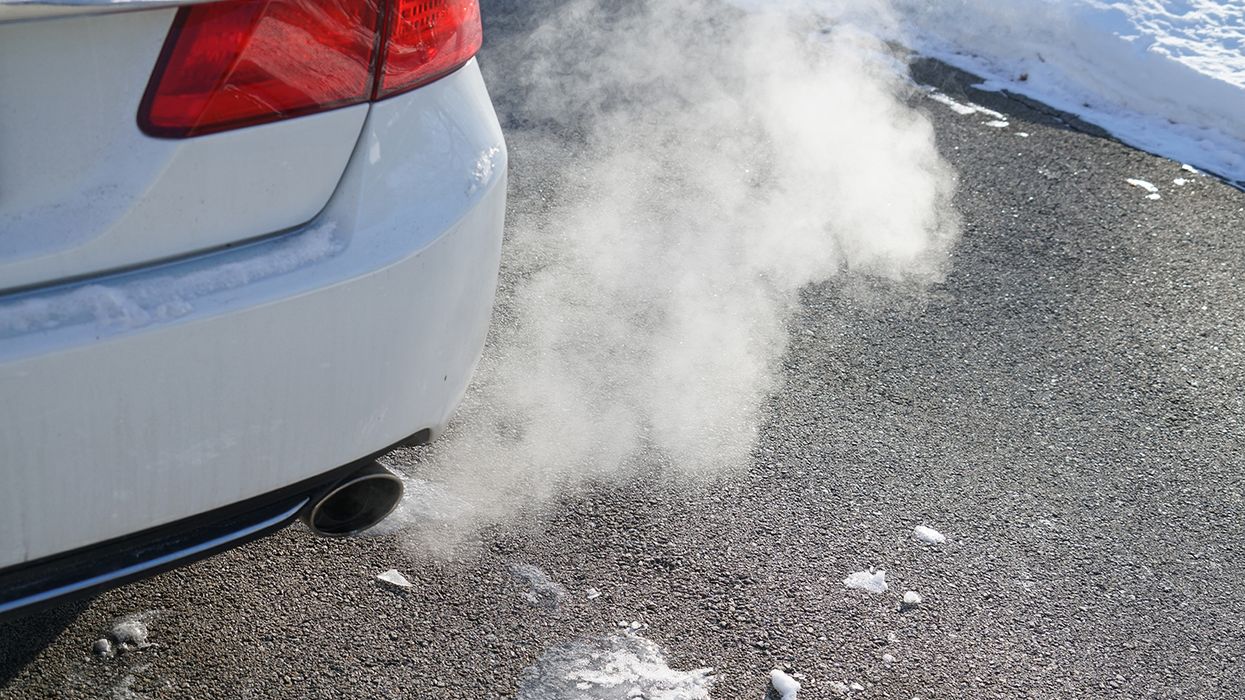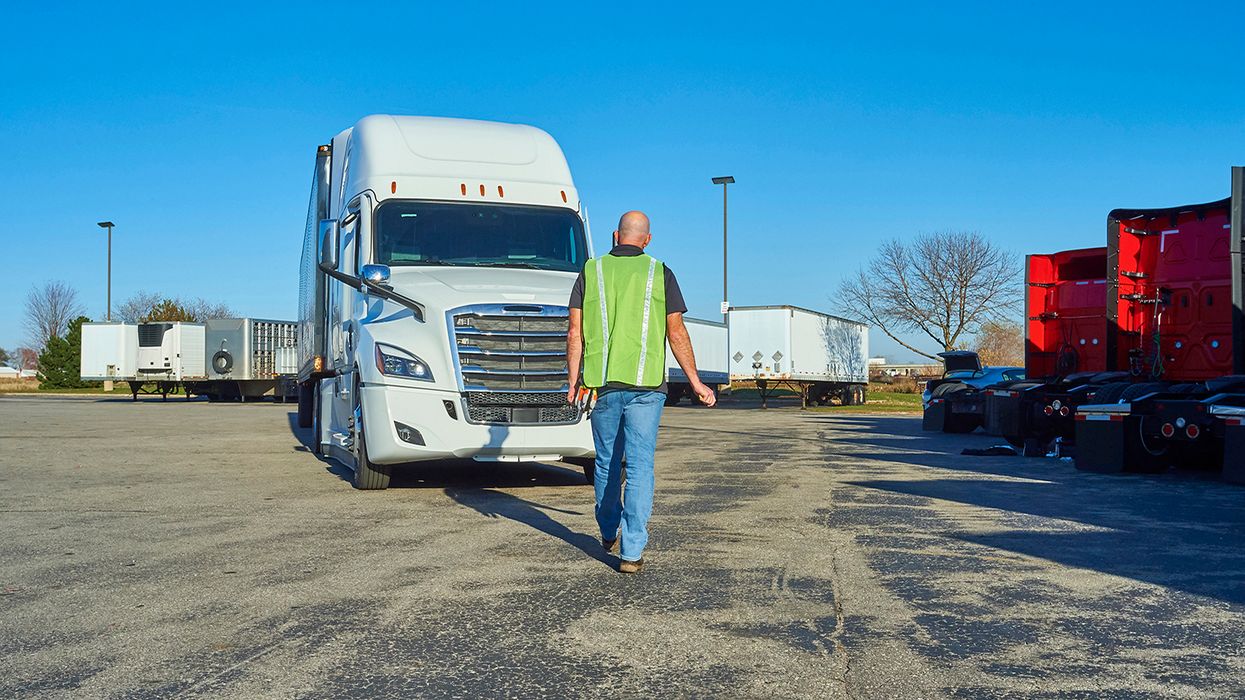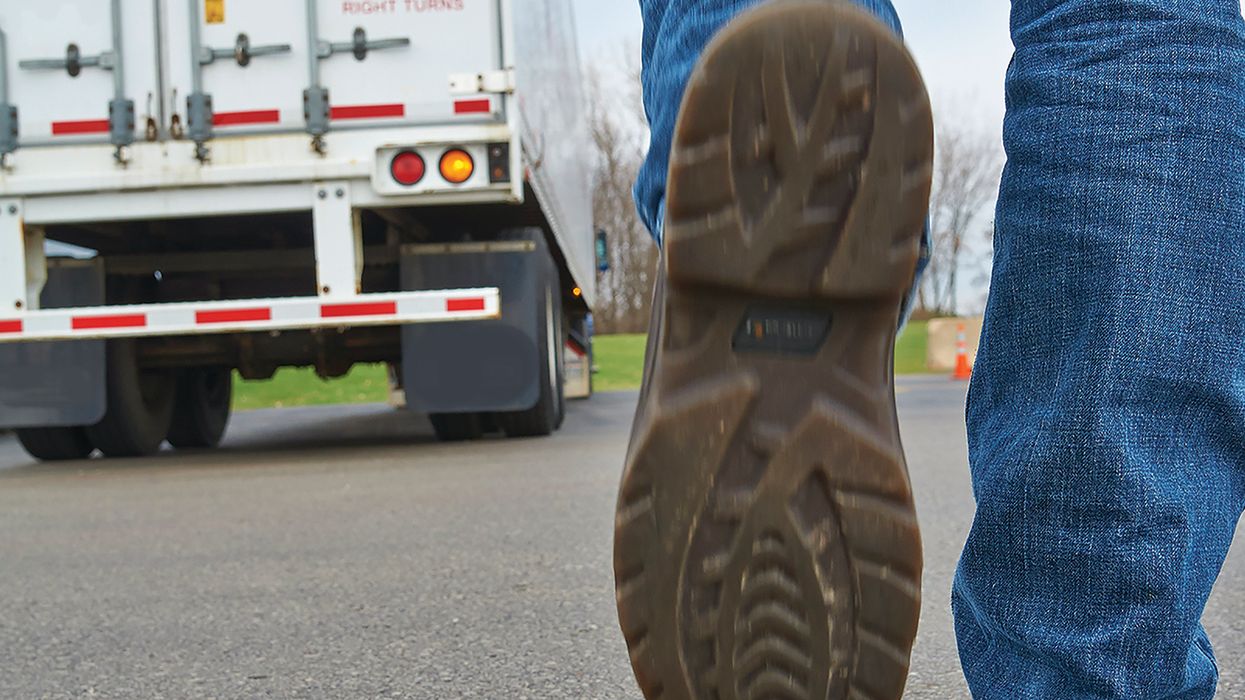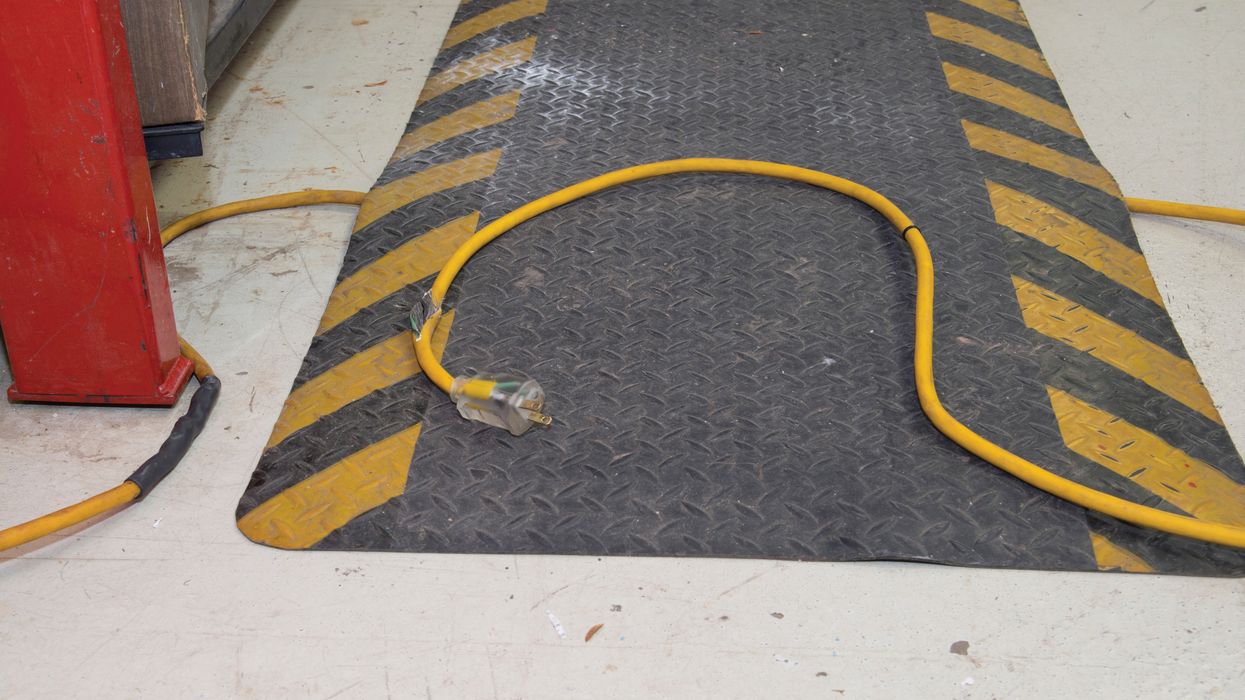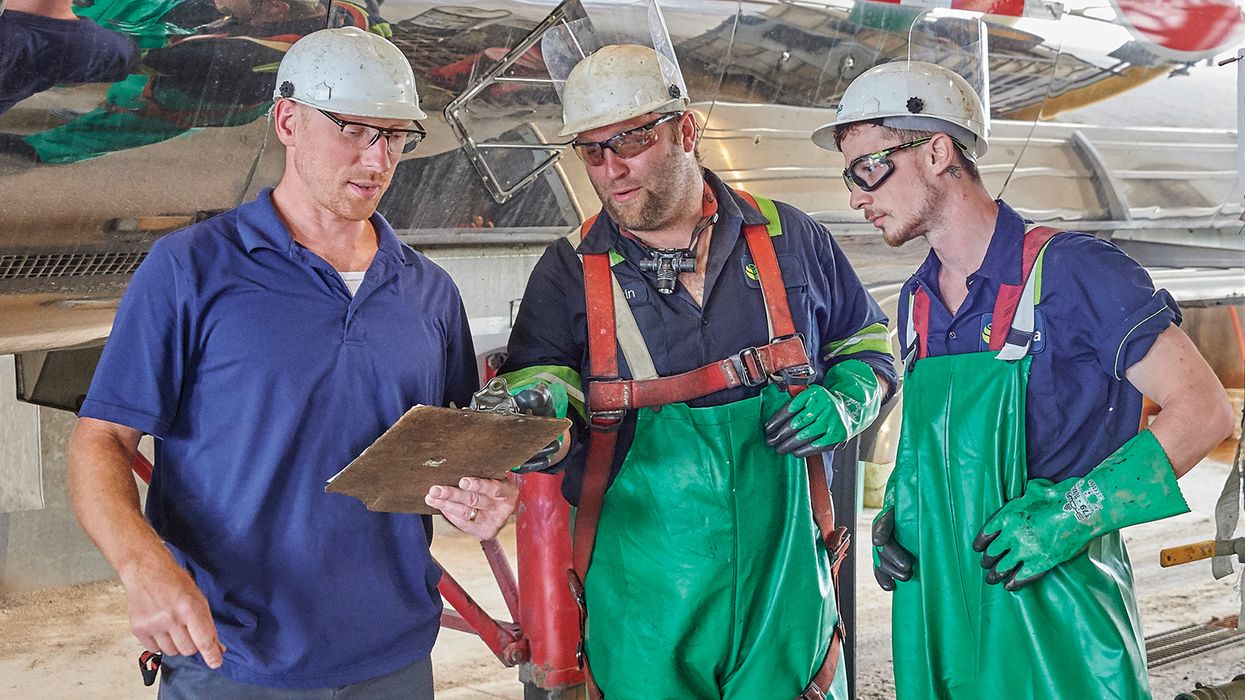Portable ladders aren’t deadly – Or are they?
Think your portable ladders can’t kill someone? Think again! The National Institute for Occupational Safety and Health (NIOSH) estimates that each year, more than 100 people die in the U.S. and thousands more are injured from ladder-related falls. The alarming part? Most of these incidents could have been prevented."
When are workers most at risk?
Portable ladders, being common in many industries, may seem to be easy-to-use and relatively safe. However, this assumption can also lead to non-compliance that can result in serious injuries.
Most ladder injuries occur when ladders aren’t properly:
- Selected — Ladders must be appropriate for the environment and associated hazards, such as electrical, chemical, or heat. They should also have the correct duty rating for workload capacity to prevent potential structural failure. Workload capacity includes the combined weight of the worker, their clothing, personal protective equipment (PPE), tools, and materials being carried while on the ladder.
- Inspected — Ladders should undergo pre-use inspections and regular maintenance. They should be free from defects, damage, and any added paint, grease, and oil. Additionally, all fasteners, feet, and accessories should be tight and securely attached.
- Secured — Ladders must be properly positioned at a ratio of 4:1 to minimize tipping. For every four feet of ladder height, the ladder should be one foot from the base of the wall or vertical working surface. Additionally, extension or straight ladders used to access elevated surfaces must extend three feet past the surface top and be secured to prevent the ladder from shifting. Ensuring locking mechanisms are fully engaged will also help prevent the ladder from tipping.
- Used — As with any tool, ladders should be used for their intended purpose. They are designed for vertical (up and down) access, not horizontal (side to side), so they should not be used as platforms, runways, or scaffolding. A-frame ladders should not be used as a straight ladder and vice versa. Ladders also need to be used on stable, level surfaces and workers should never stand on the top rung.
What are ladder duty ratings?
The American National Standards Institute identifies five general duty classifications for ladders, each of which should be labeled on the respective ladder. These classifications, with associated maximum working load capacities, include:
| CLASSIFICATION | USE | DUTY TYPE | WORKING LOAD CAPACITY |
| Type I | Industrial | Heavy-duty | <250 pounds |
| Type IA | Industrial | Extra heavy-duty | <300 pounds |
| Type IAA | Specialty | Extra heavy-duty | <375 pounds |
| Type II | Commercial | Medium-duty | <225 pounds |
| Type III | Residential | Light-duty | <200 pounds |
Key to remember: To reduce the risk of portable ladder injuries and fatalities, employers must ensure workers properly select, inspect, secure, and use portable ladders.

